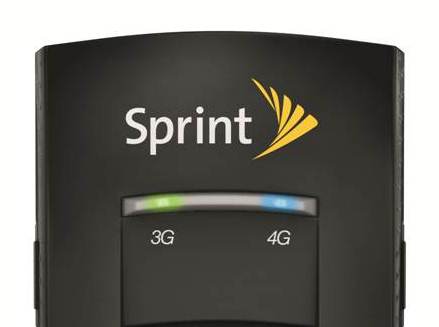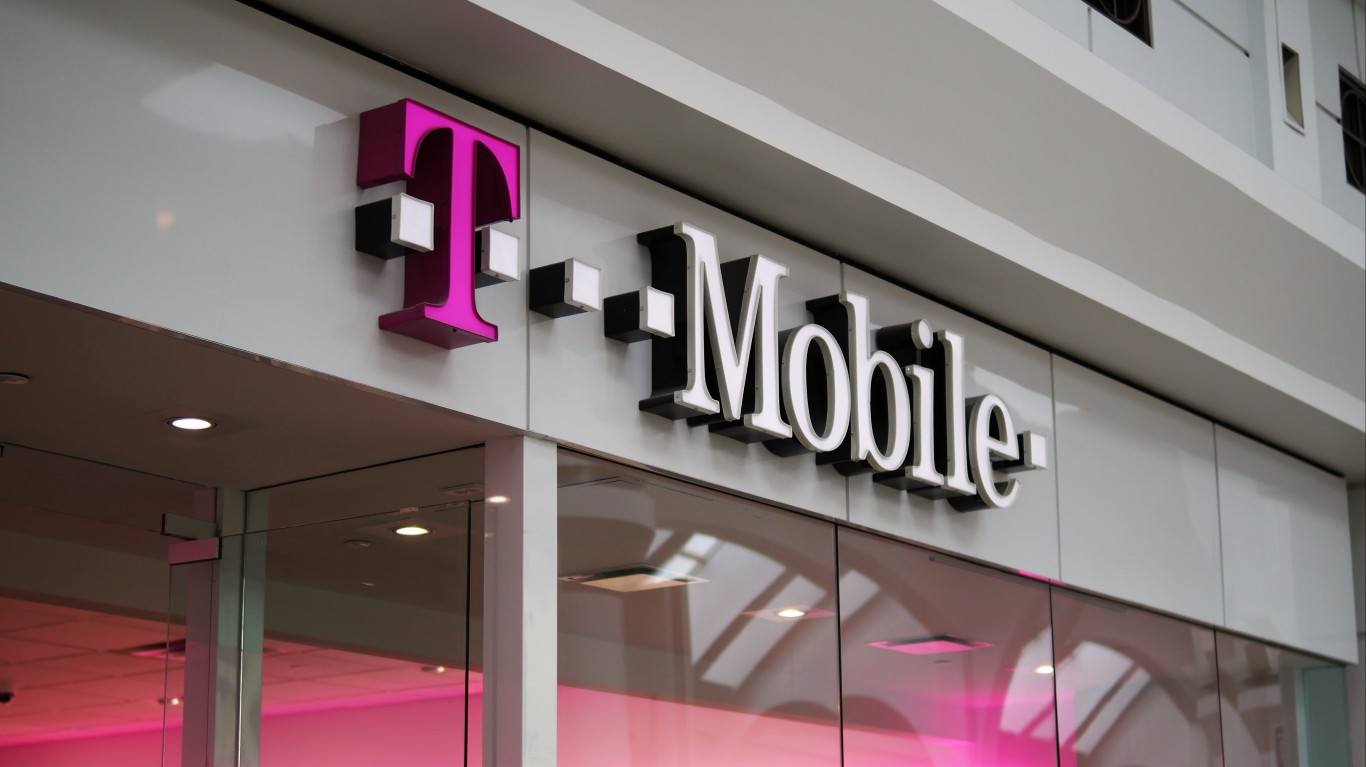Sprint (NYSE: S) launched a new, revolutionary plan to add and keep subscribers. The only flaw is that AT&T (NYSE: T) and Verizon (NYSE: VZ) can match the plan in a moment, if their managements believe Sprint’s plan has started to rob their customers.
The plan is simple enough, although complicated enough so that some of those eligible will need an explanation:
Starting today (August 17), new and upgrade eligible Sprint customers can get iPhone for just $22 per month with iPhone Forever. Anytime customers don’t have the latest iPhone, they are eligible to upgrade. They bring their iPhone, upgrade on the spot and away they go. It’s that simple. iPhone Forever is available on any eligible Sprint rate plan and upgrade eligibility is always included in your price
The rules start to narrow right away. The Apple (NASDAQ: AAPL) iPhone can only be a 16GB model.
And, the restrictions make the offer even less attractive:
Three Key Steps
1. Get a 16GB iPhone 6 model for $22 (or the $15 special promotional price with trade-in) when you activate on any individual unlimited plan or family share pack plan.
2. Upgrade to the latest iPhone by the end of the year and keep the $15 a month special promotion price.
3. At your next upgrade, the monthly cost is $22. (Excludes taxes and service plan charges.)
It is complicated for Sprint competitors to calculation whether the effect of the new plan causes a financial loss on every customer. If so AT&T and Verizon might wait until the program worsens Sprint’s balance sheet. On the other hand the two largest carriers have extremely healthy balance sheets, and massive customers bases, which they can hold by offering their own versions of the Sprint plan or perhaps ones which are better.
The extremely large count of the two larger carrier’s subscriber bases shows how little leverage Sprint has. According to Strategic Analytics in the fourth quarter, Verizon has 132 million, customers and AT&T had 121 million. Sprint and T-Mobile had about 56 million each. And, T-Mobile (NYSE: TMUS) is known for offering wildly competitive plans to keep and get subscribers on its own. Which means Sprint has another ruthless competitor
READ MORE: Why Sprint’s Stock Has Moved 50% Higher
Sprint’s disadvantage since it was created by its merger with NexTel in 2004 was its size. That has not changed.
Take Charge of Your Retirement In Just A Few Minutes (Sponsor)
Retirement planning doesn’t have to feel overwhelming. The key is finding expert guidance—and SmartAsset’s simple quiz makes it easier than ever for you to connect with a vetted financial advisor.
Here’s how it works:
- Answer a Few Simple Questions. Tell us a bit about your goals and preferences—it only takes a few minutes!
- Get Matched with Vetted Advisors Our smart tool matches you with up to three pre-screened, vetted advisors who serve your area and are held to a fiduciary standard to act in your best interests. Click here to begin
- Choose Your Fit Review their profiles, schedule an introductory call (or meet in person), and select the advisor who feel is right for you.
Why wait? Start building the retirement you’ve always dreamed of. Click here to get started today!
Thank you for reading! Have some feedback for us?
Contact the 24/7 Wall St. editorial team.



